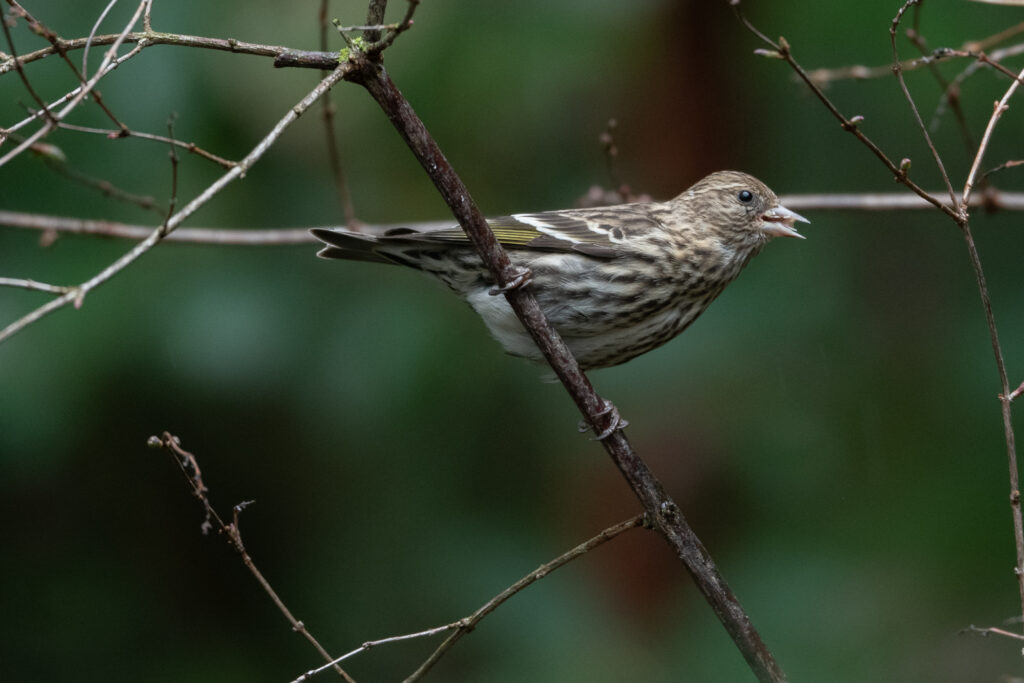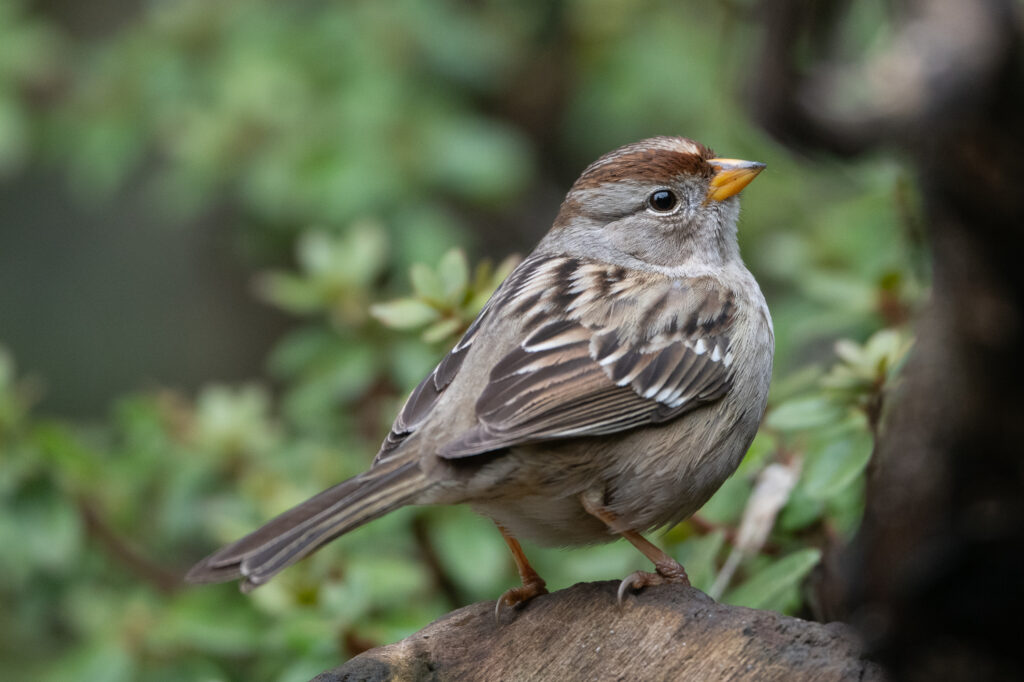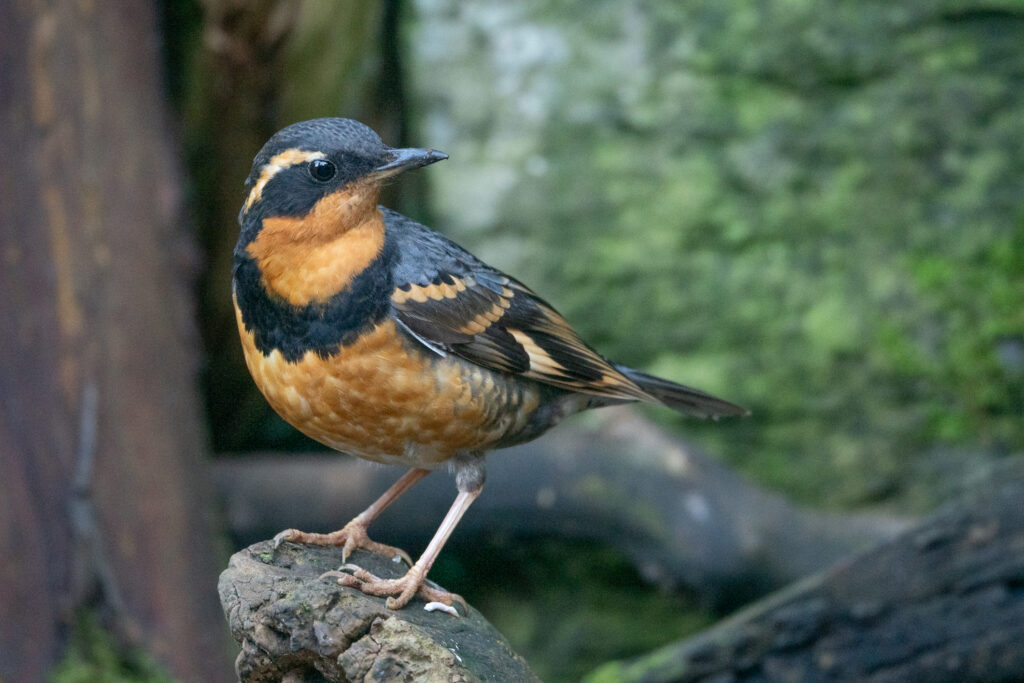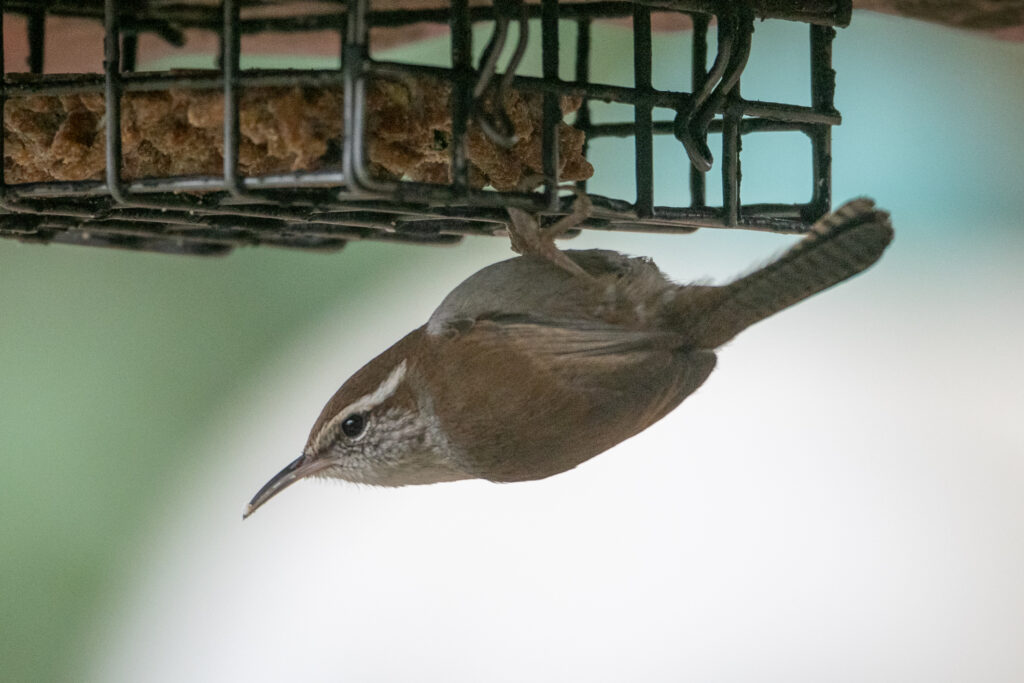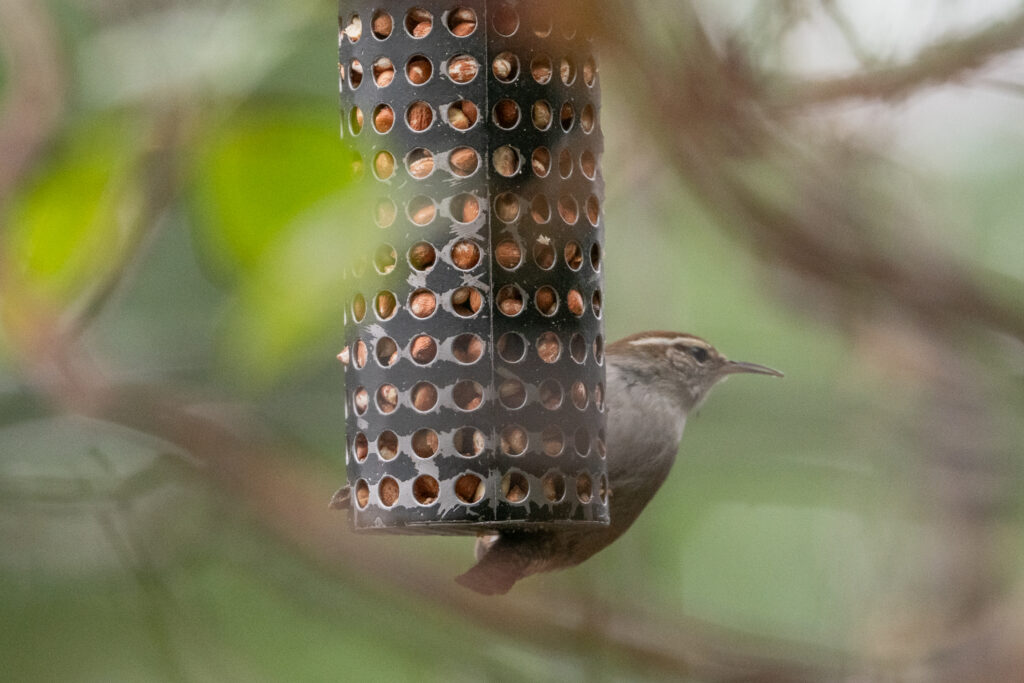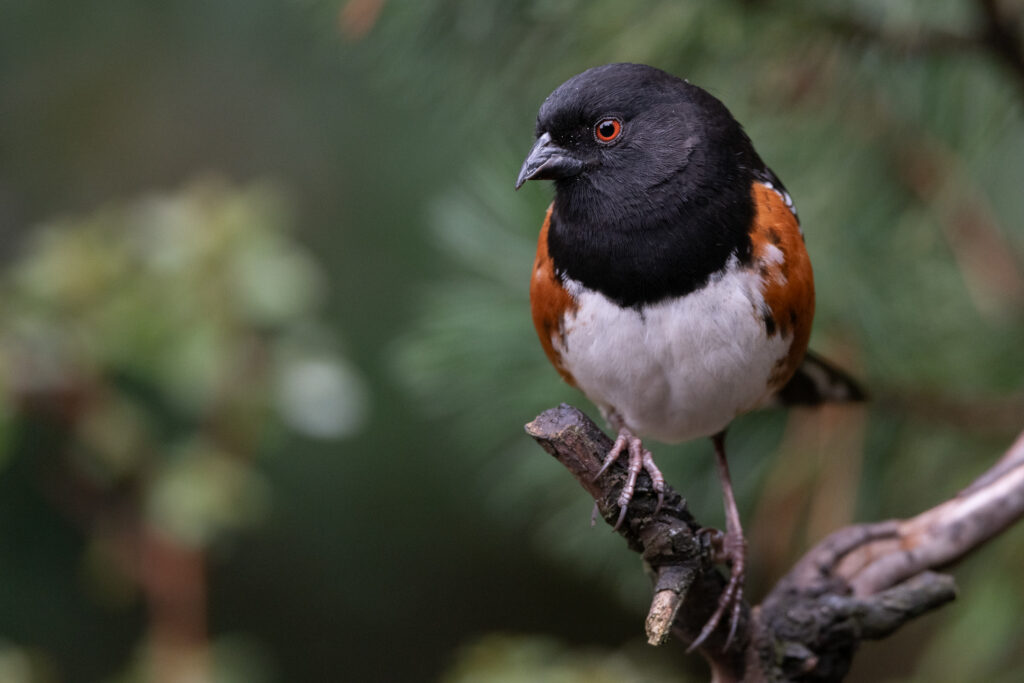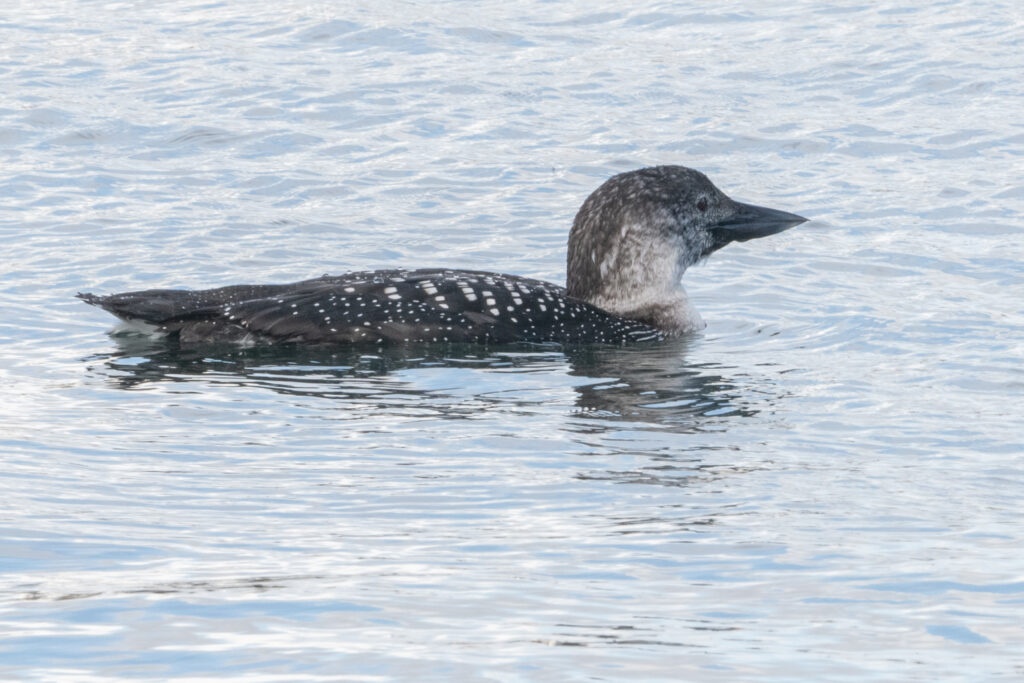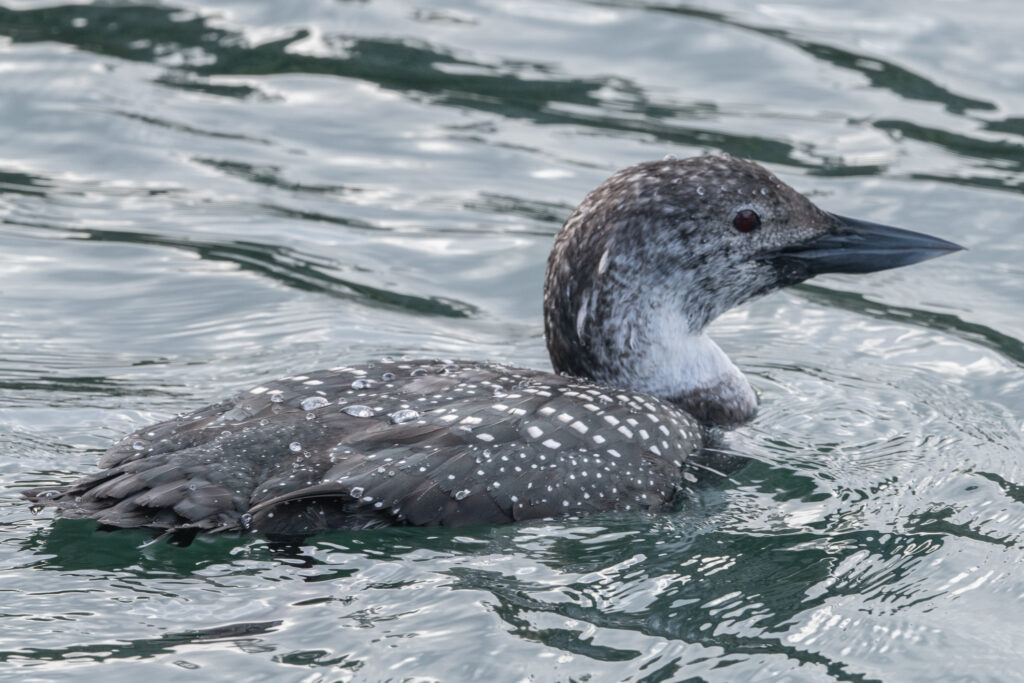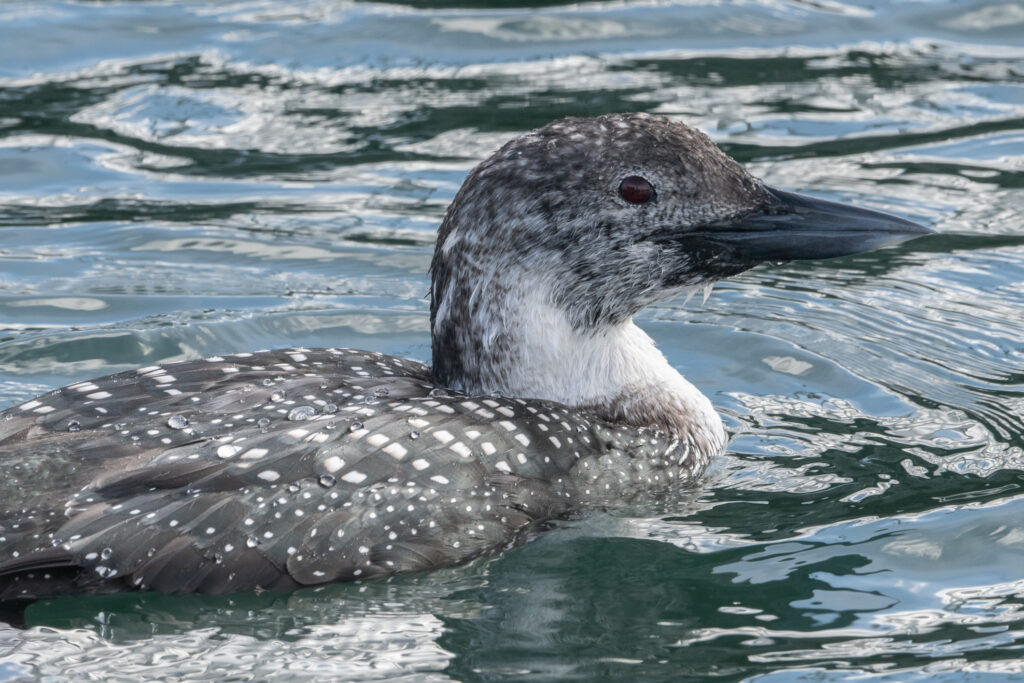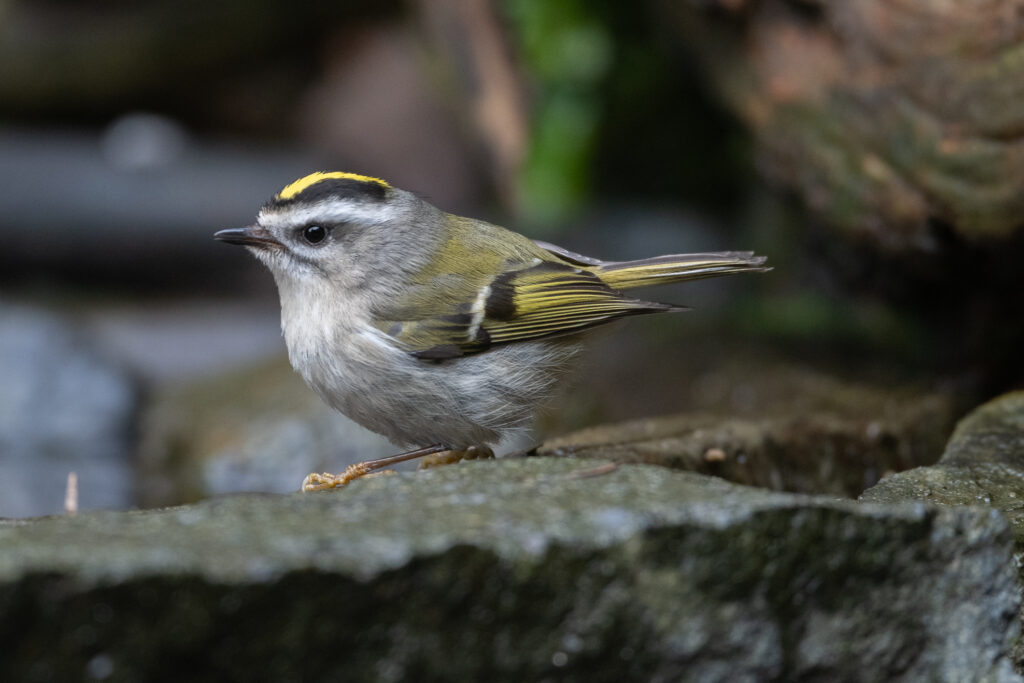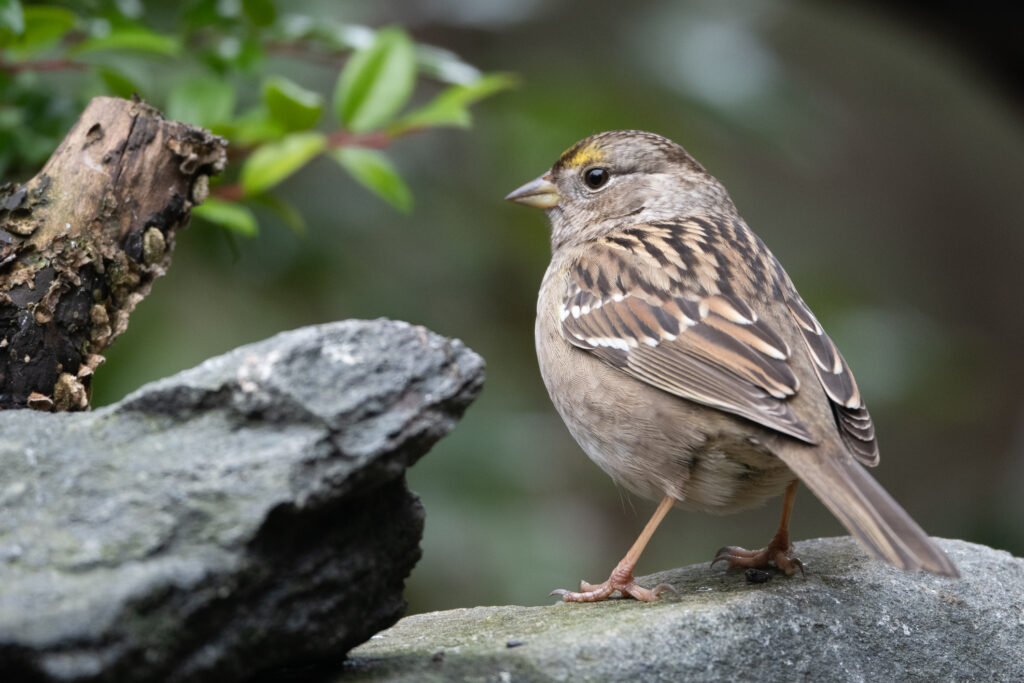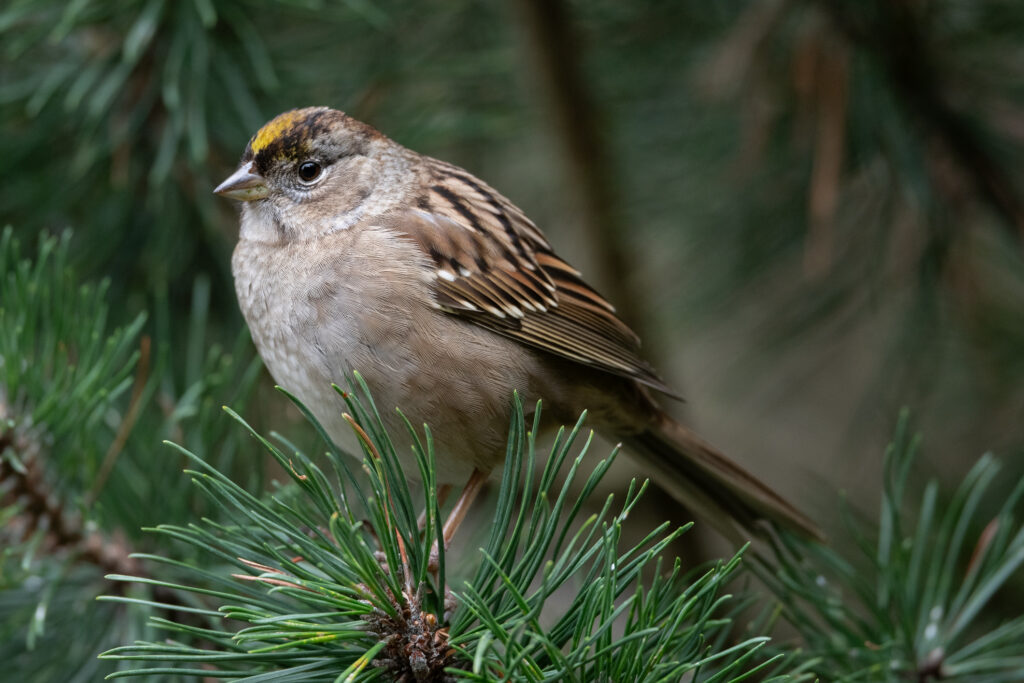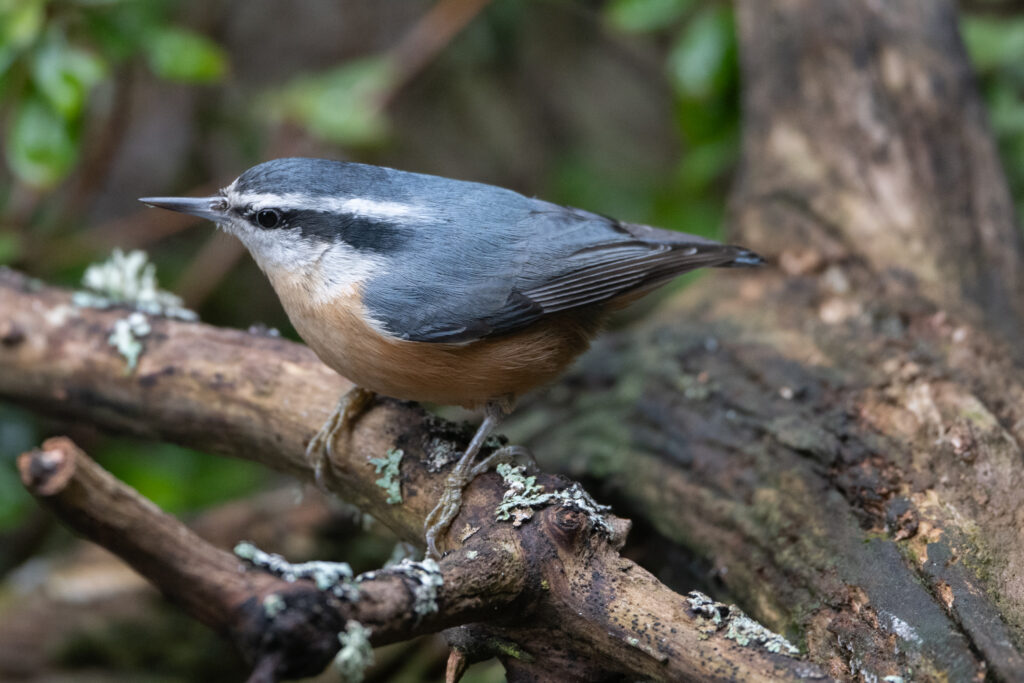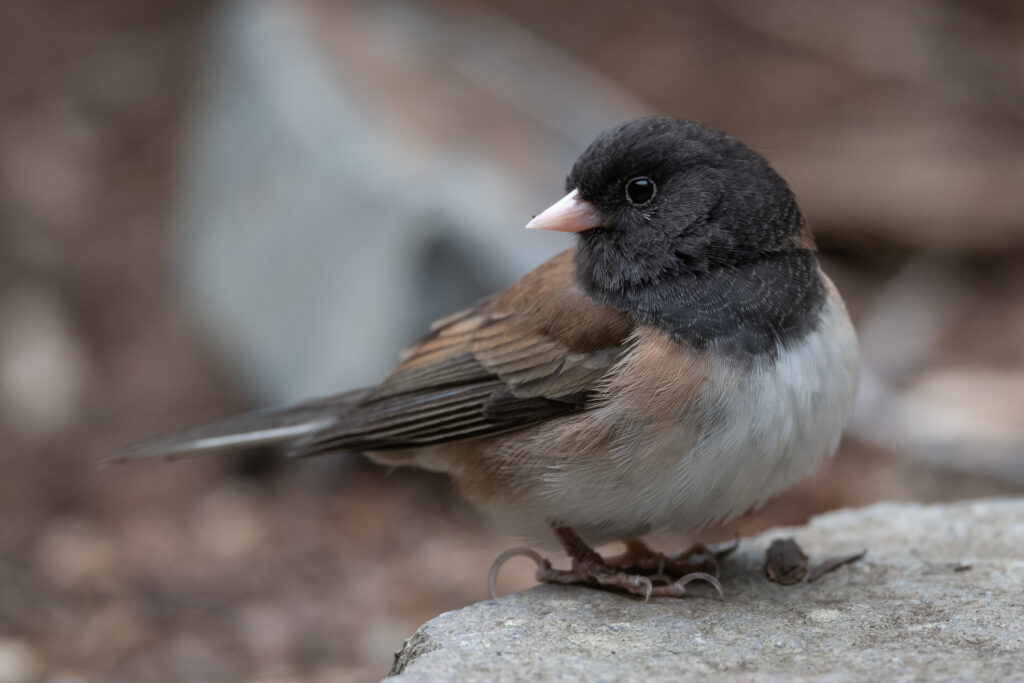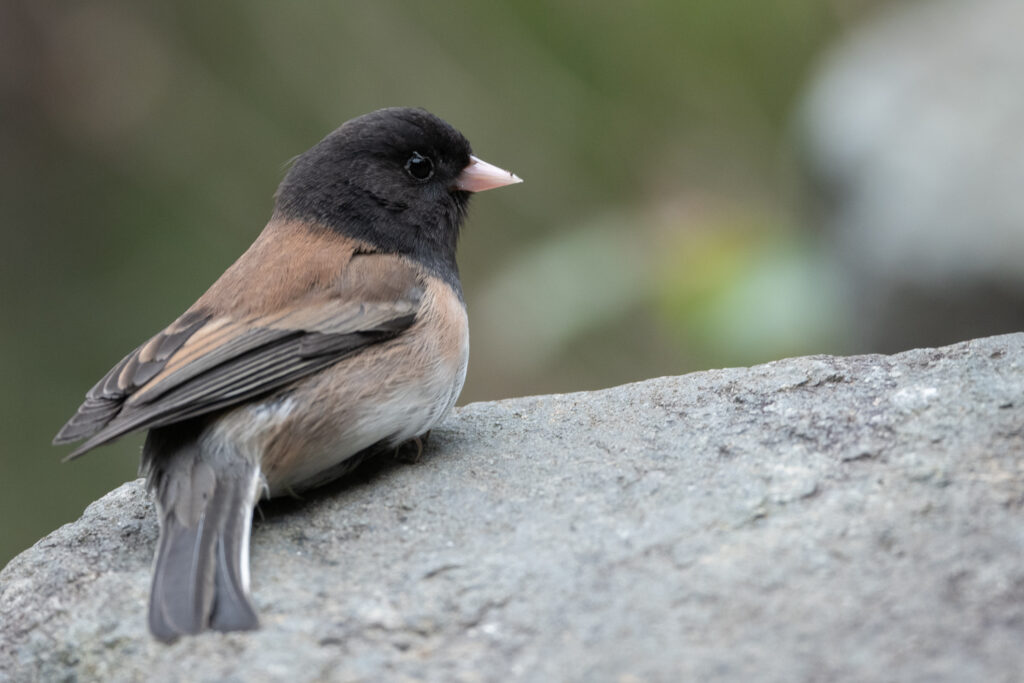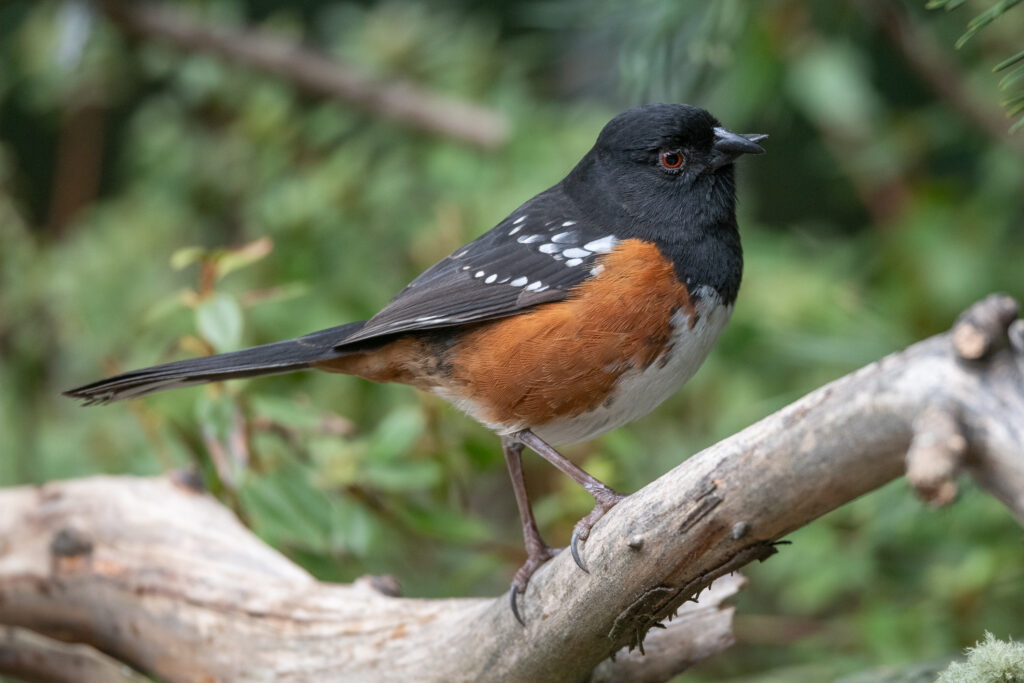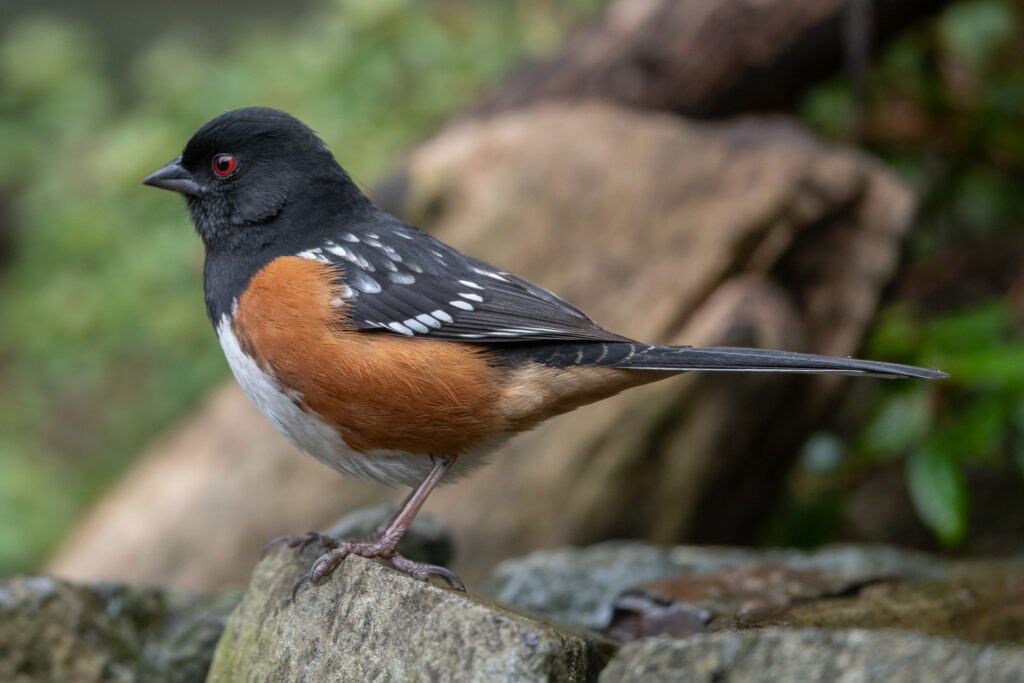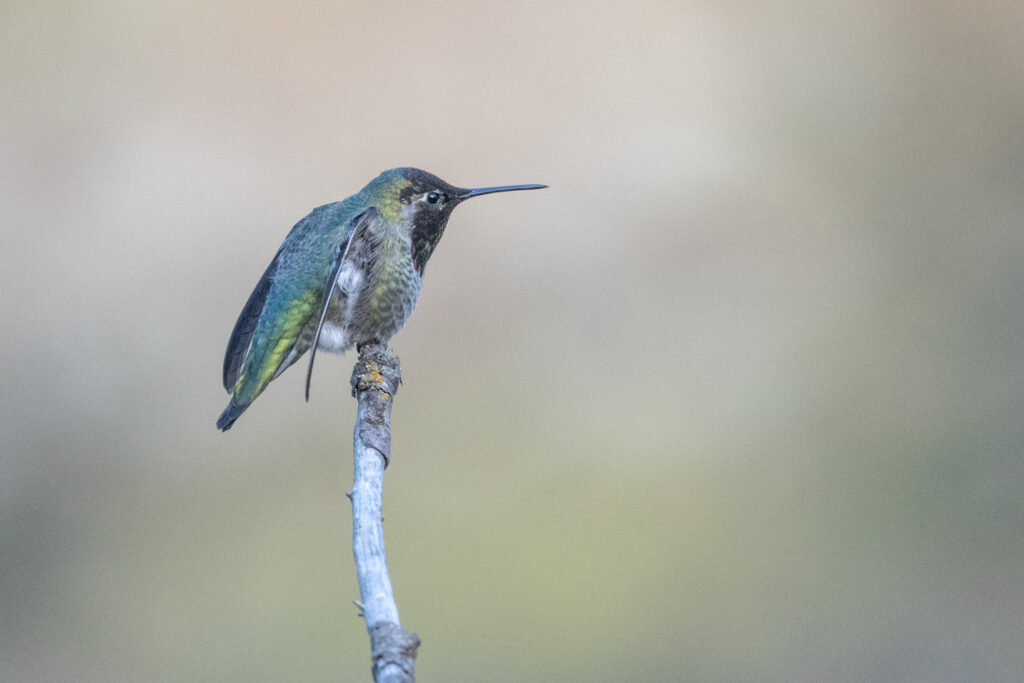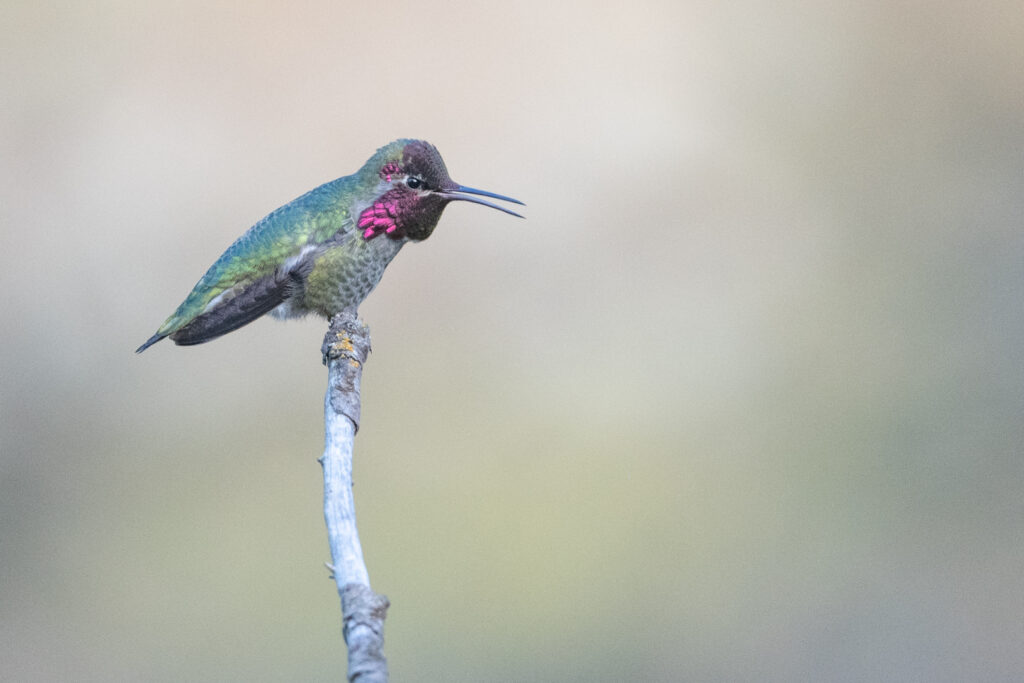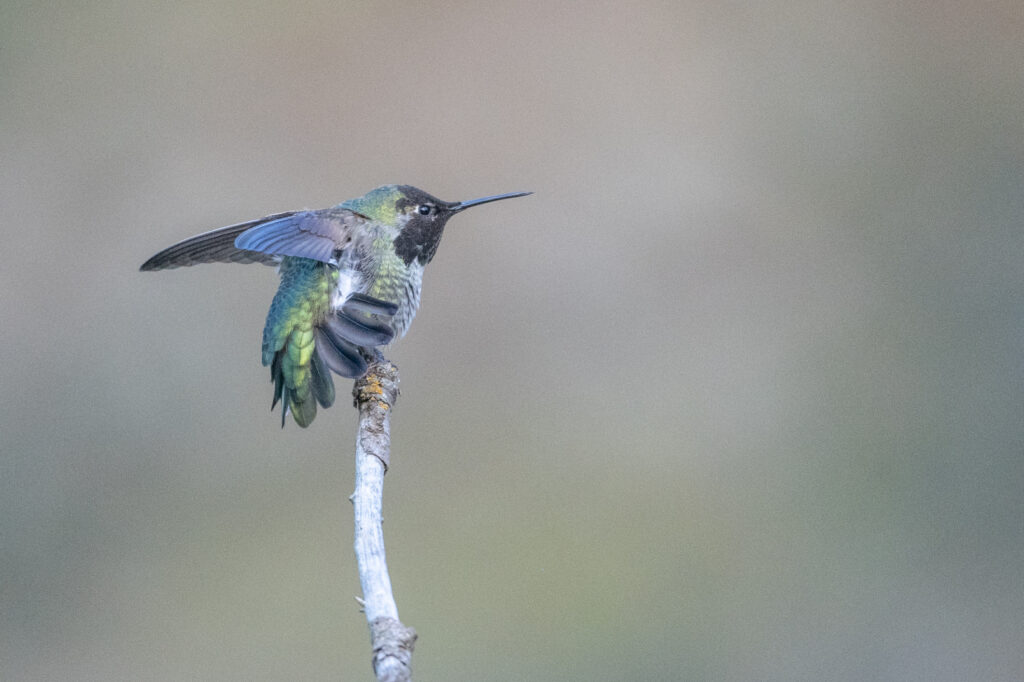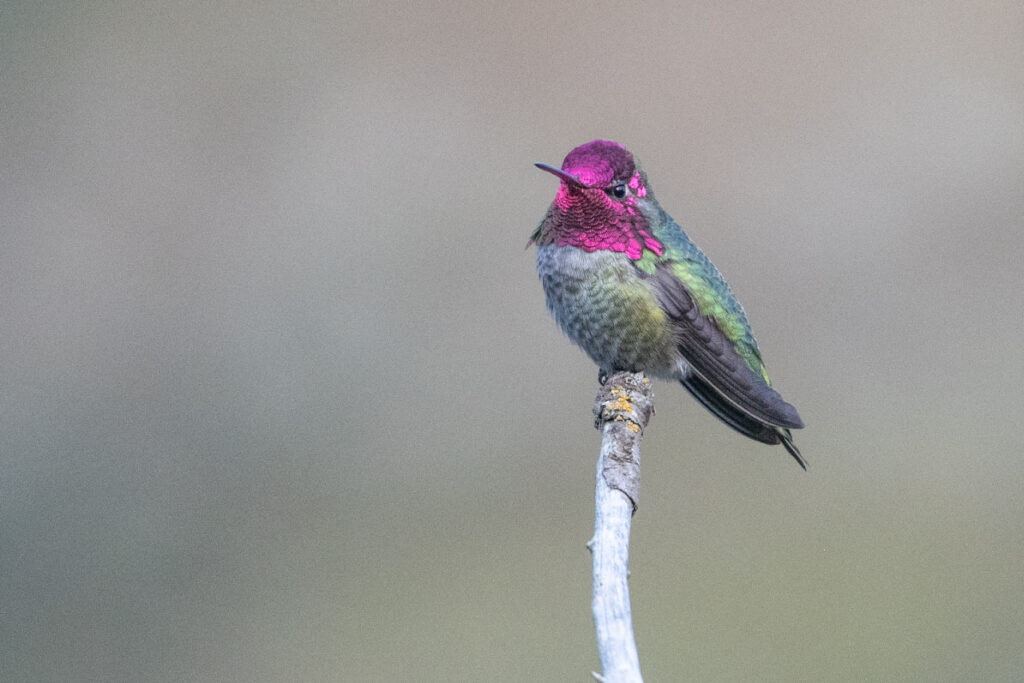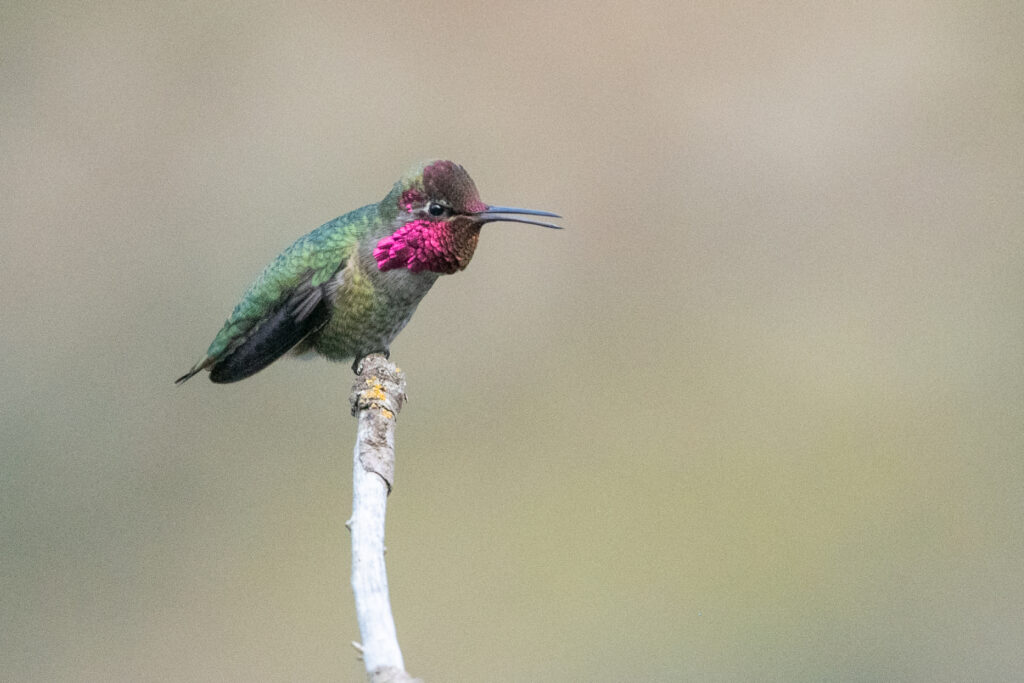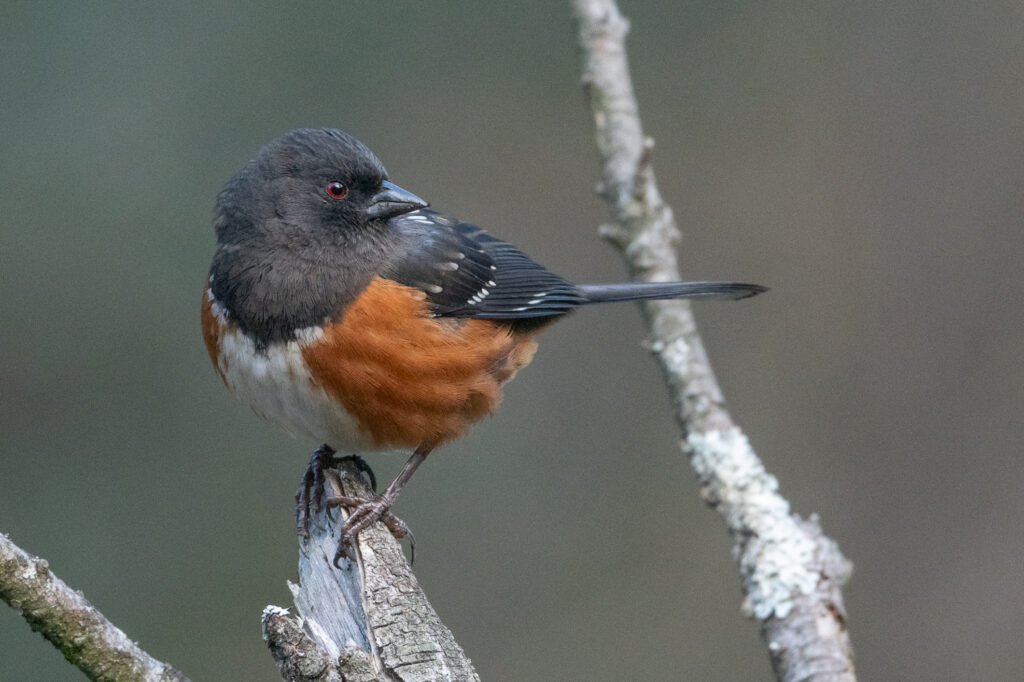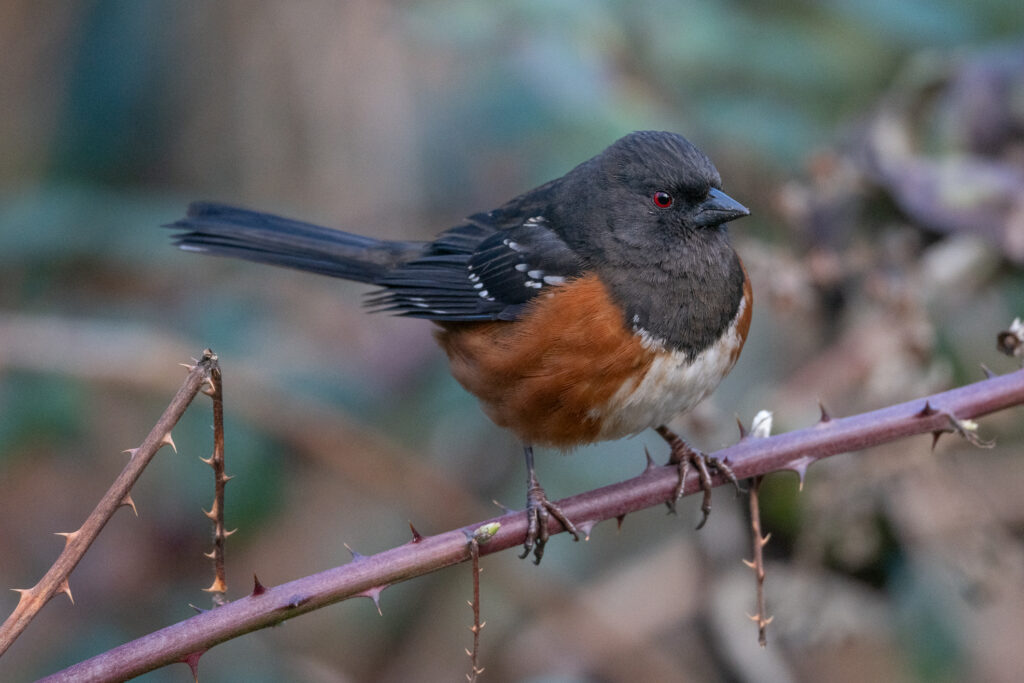March 6, 2024… another cold afternoon in the yard but another rewarding day for bird photography. The sun was out but the temperature was in the low 40’s. My hands get really cold but it’s difficult to protect them since they need to be available for photography on short notice.
There were no new visitors on this day but plenty of opportunities for a photographer, including some of our rarer visitors.
A pair of recently arrived Pine siskins spied some sunflower seed I had placed on a rock within about three feet of me and flew down to eat… twice! This was far too close for my 500mm lens so I filmed them with my iPhone! (The photo below is not an iPhone photo.)
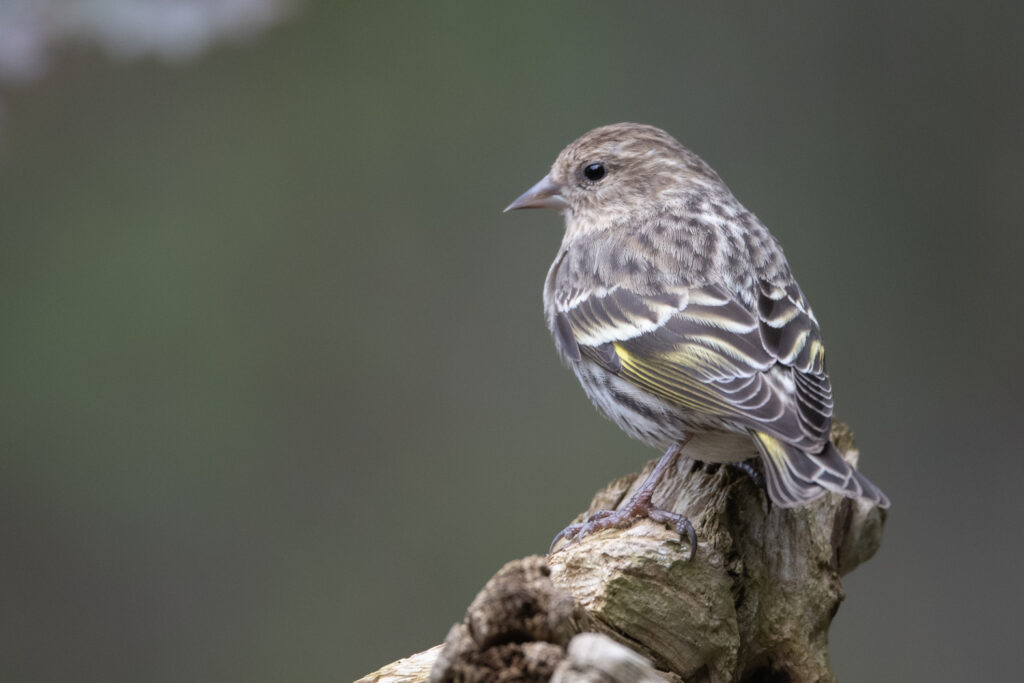
I had the usual heavy traffic of chickadees, Dark-eyed Oregon juncos and Golden-crowned sparrows, plus other usual visitors.
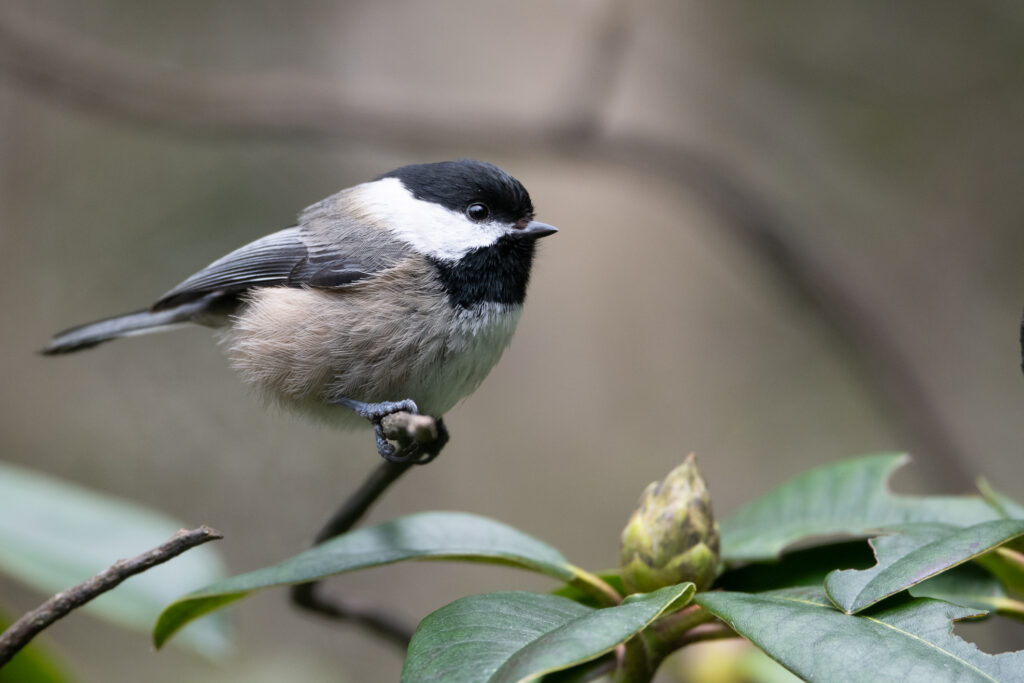
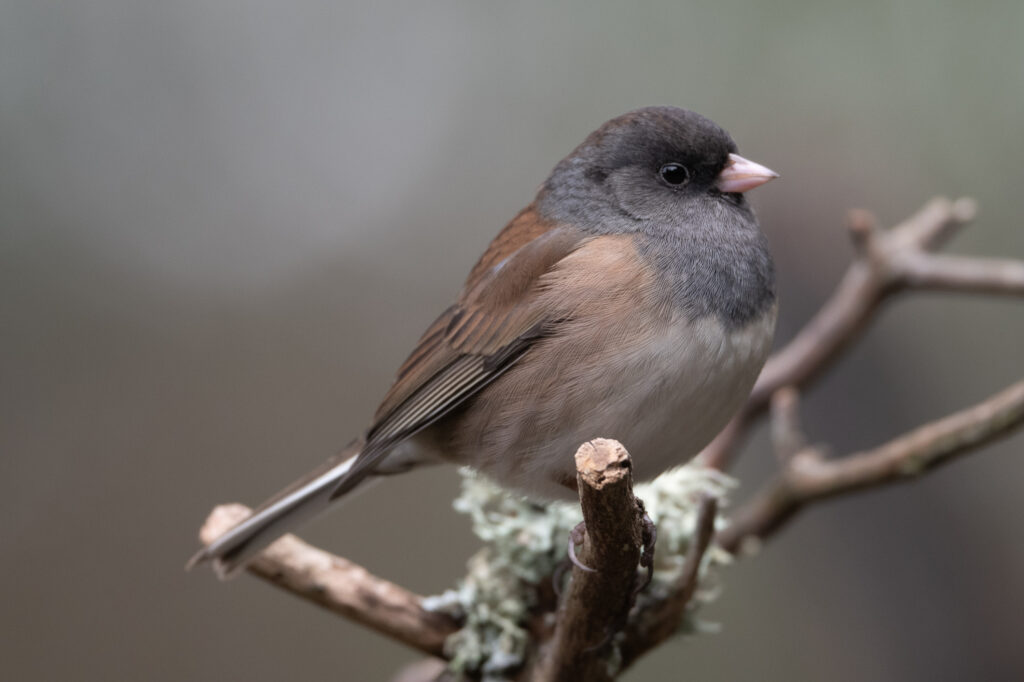
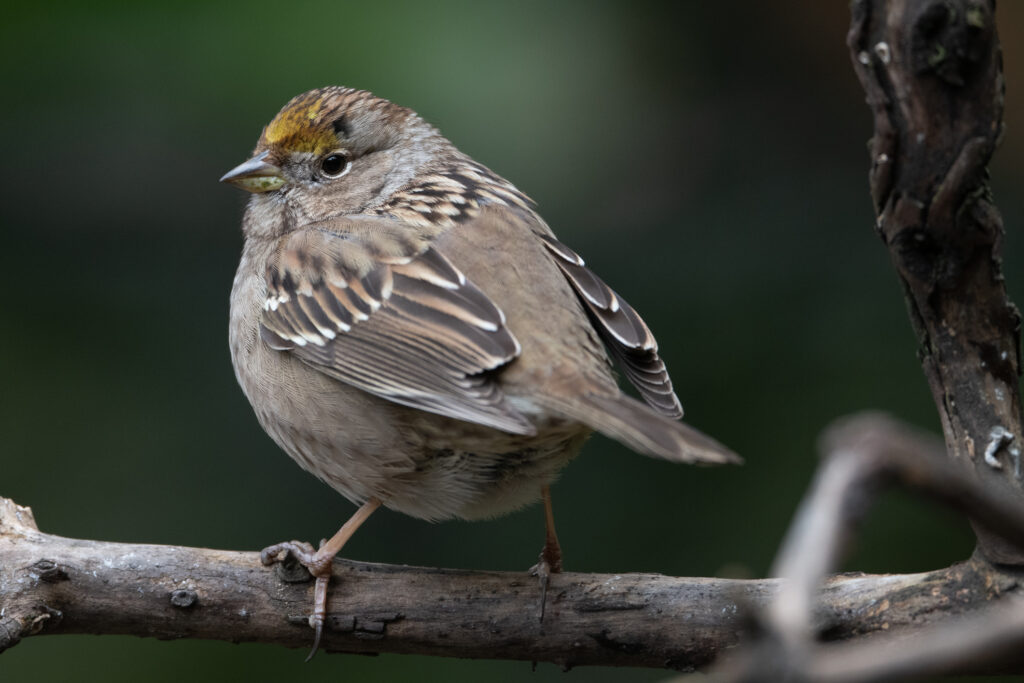
Our Bewick’s wren, a fairly rare visitor until it discovered the suet feeder a few weeks ago, entered the yard a couple of times to access our inverted suet feeder and I obtained several good photos.
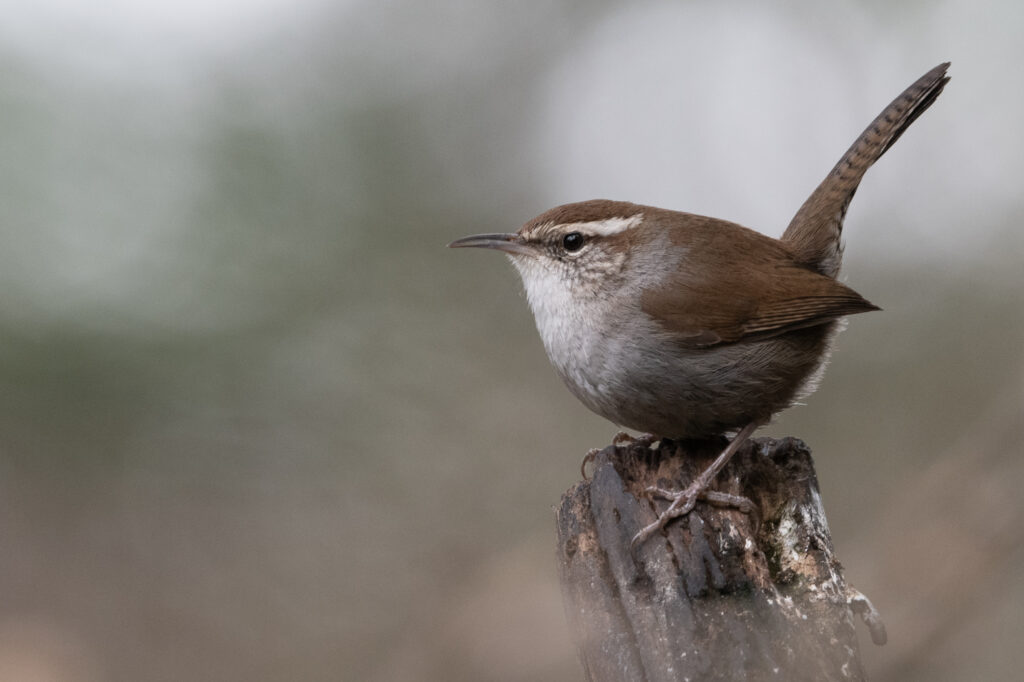
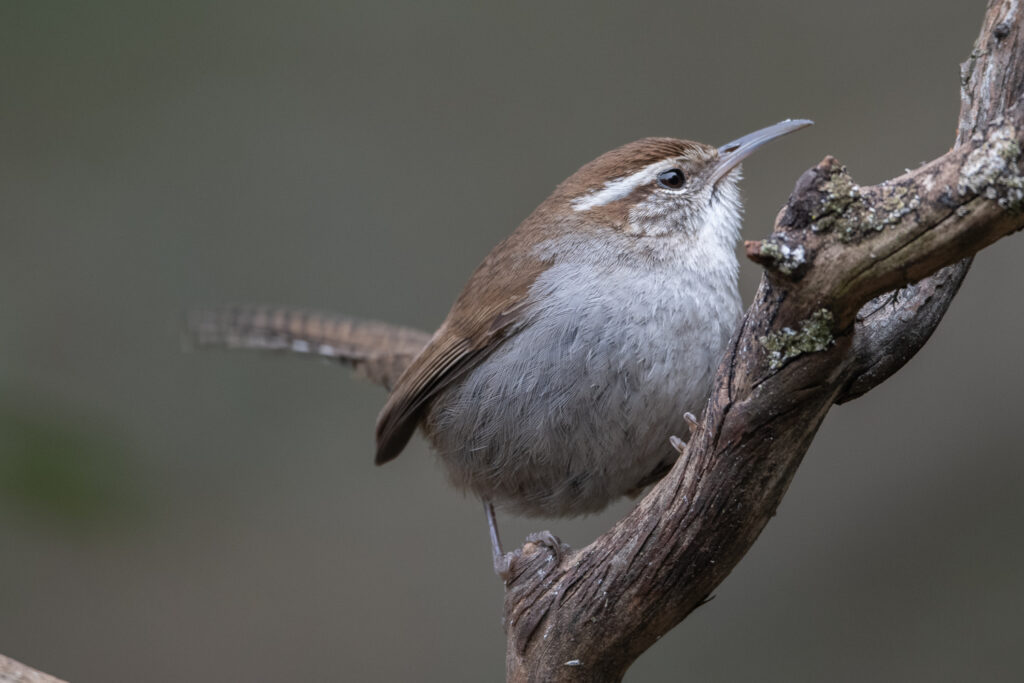
What got me into the yard in the first place, and kept me there in the cold, was a male Varied thrush that I kept seeing around the periphery of the yard. After well over an hour of waiting, my time in the cold was rewarded when the thrush approached and entered the nearest photographable water feature. I was able to take a multitude of photos of the bird at ‘point-blank’ range. These birds will soon be heading back up to the mountains for the breeding season.
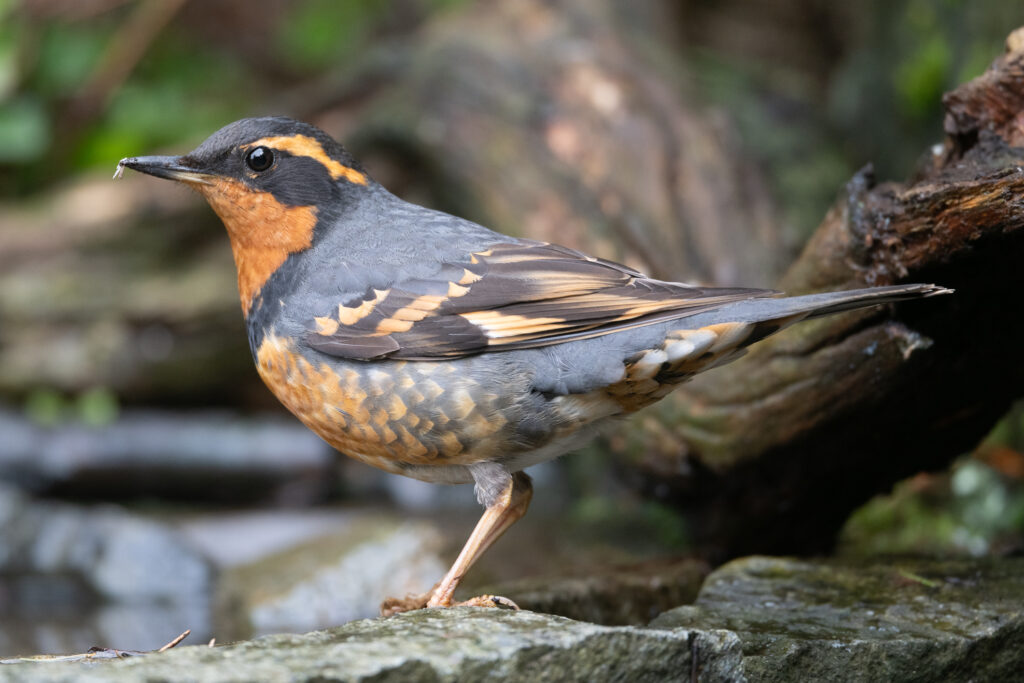
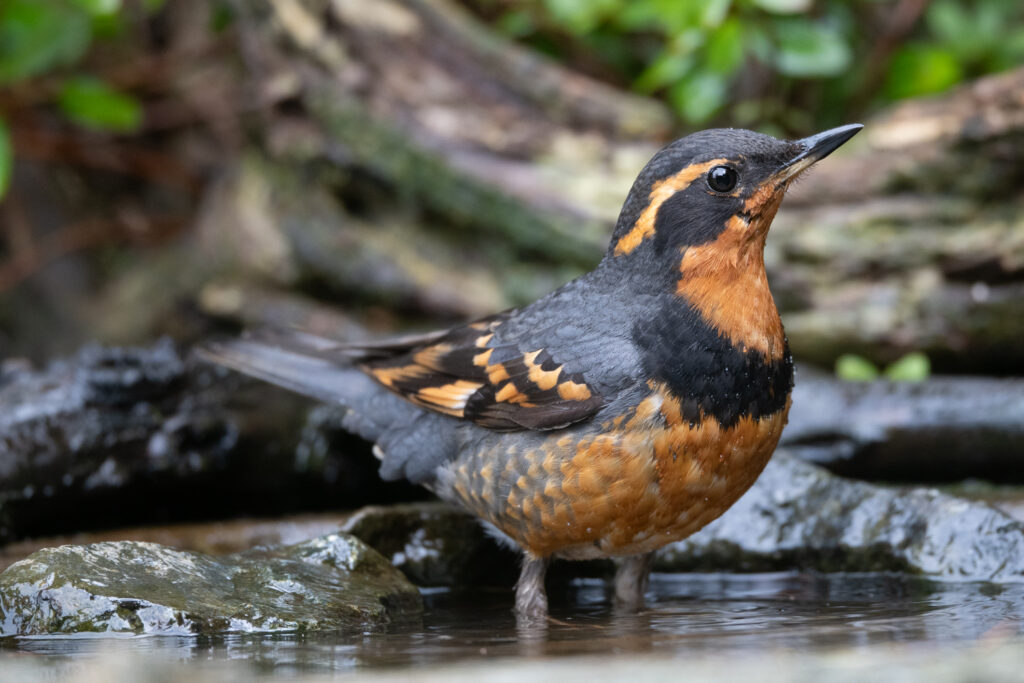
We’re still waiting for our first Rufous hummingbird to arrive.

